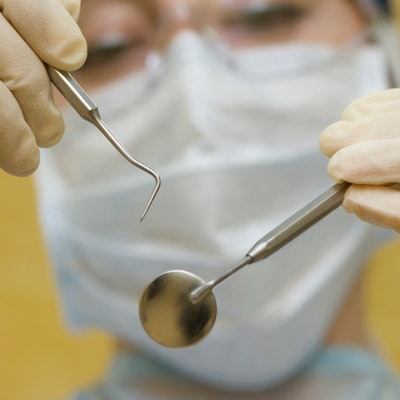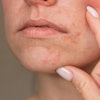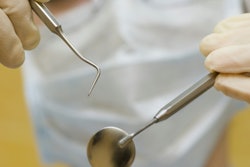
Dental hygienists have low COVID-19 infection rates and high vaccination acceptance rates, according to a report in the February issue of the Journal of Dental Hygiene. The research also found that less than half of hygienists who left their place of employment early in the pandemic have returned.
Researchers conducted surveys from September 2020 to August 2021 to better understand the impact COVID-19 had on employment, infection prevention, and vaccine acceptance. The research was a collaboration between the American Dental Hygienists' Association (ADHA) and the ADA.
"This study of dental hygienists has shown us the profound impact of COVID-19 on clinical practice, as well as the value of disease prevention measures," JoAnn Gurenlian, RDH, PhD, lead study author and ADHA's director of education and research, said in a statement. "Workplace safety is of paramount importance to dental hygienists, and it has an effect on employment patterns." (J Dent Hyg, February 2022, Vol. 96:1, pp. 27-33)
The authors of the report sought to better understand dental hygienists' employment patterns during the COVID-19 pandemic and the necessity of personal protective equipment and infection control procedures. They conducted an online survey of licensed dental hygienists in the ADHA database. Participants had to be at least 18 years old and have been employed as a hygienist as of March 1, 2020.
The survey, which was sent monthly, asked hygienists about their pre-pandemic work status and their reasons for not currently working. In total, roughly 4,300 hygienists participated in the study. More women responded than men.
Hygienists in the U.S. had a lower prevalence of SARS-CoV-2 infection than the general U.S. population, and more than 75% of surveyed hygienists have been fully vaccinated against COVID-19, the survey found.
"We're pleased to see that dental hygienists have demonstrated continued low incidence of infection and high vaccination, proving the profession's ability to mitigate risk while providing care in a safe manner," Cameron G. Estrich, MPH, PhD, a health research analyst with the ADA Science and Research Institute, said in a statement.
Notably, less than half of hygienists who left during the COVID-19 pandemic had returned to work. The number of hygienists employed full time decreased to 57.6%, while the percentage of hygienists working part time or who were semiretired increased. Participants in older age groups were more likely to work less or not at all.
Staffing continues to be an issue across all industries -- not just for hygienists, the authors noted.
"The COVID-19 pandemic has exacerbated a voluntary reduction in the dental hygiene workforce and may persist, as some dental hygienists are choosing to permanently leave the profession," Rachel W. Morrissey, a senior research analyst with the ADA Health Policy Institute, said in a statement.
The authors cautioned the survey was based on self-reported data and could have some bias. In the future, the authors said that research should be done to examine whether the number of new dental hygiene graduates is enough to maintain workforce levels.
"This research collaboration with the ADA marks an important moment in oral health," said ADHA CEO Ann Battrell, MSDH, in a statement. "Our shared understanding of what dental hygienists are experiencing provides us with essential evidence-based direction for how we can support safe and supportive workplaces, deliver care safely to patients and help define lasting practice improvements that may emerge from this pandemic."



















